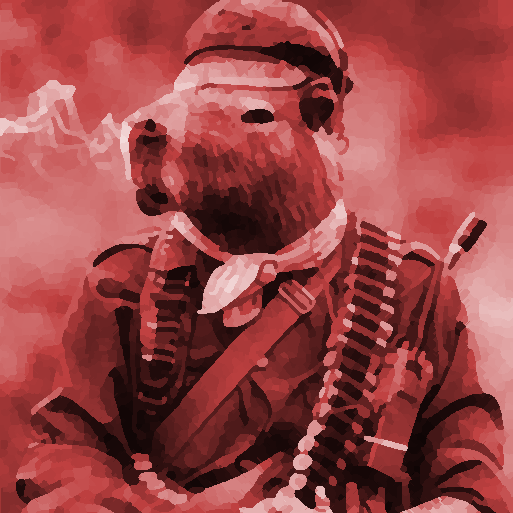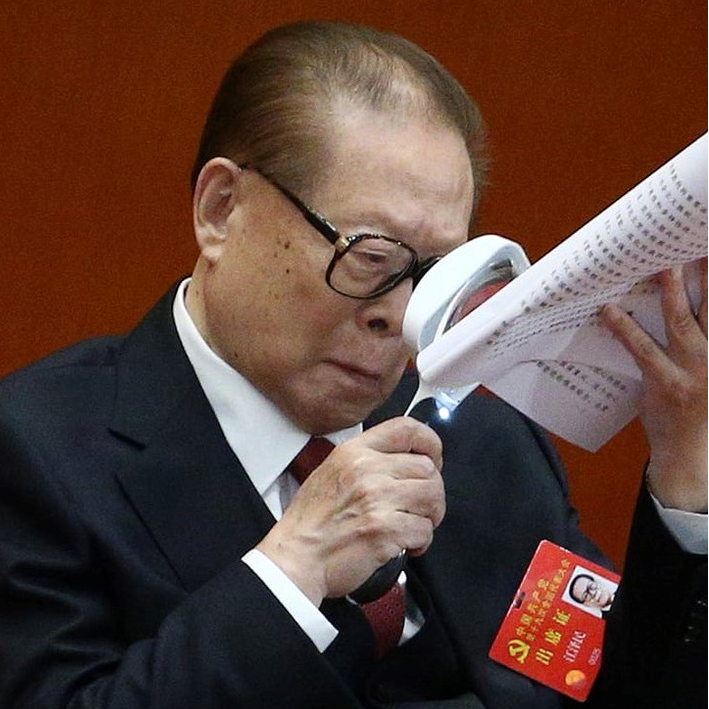Discussion in the Matrix reading group (see this post for instructions on how to join) this Saturday/Sunday, and anyone who’d rather discuss the text here can do so instead (a few questions will be posted here as well) 👌
If anyone wants a reminder on the weekend for this and/or future discussions, mention it in the comments


Here are my answers to questions 5-11:
Its exchange value expressed in money.
Its cost of production, with fluctuations caused by the competition between sellers and sellers, buyers and buyers, and sellers and buyers.
If demand > supply, competition among buyers is high (they’re willing to pay more) and competition among sellers is low or nonexistent.
If supply > demand, competition among sellers is high (they have to sell for less) and competition among buyers is low or nonexistent.
Overproduction leads to lower prices. Intentionally decreased production and gradually increasing prices restores a balance (more or less) between supply and demand.
The price of labour power.
It’s determined by the cost of production of labour power, meaning
A worker sells their labour power to a capitalist for some means of subsistence, which is typically quickly consumed (exchanged for food, water, heating, rent, insurance, etc.). A capitalist sells some means of subsistence (usually money) to many workers in return for their labour power, which is almost entirely used to increase the capitalist’s wealth (maintain and increase their capital).
By using labour power (along with some means of production and typically materials), which creates more value. The new value is then used to purchase more labour power.
Increased division of labour and/or improvement of the means of production. Doing so enables the exploitation of more workers, which further fuels the growth of productive capital.
Something worth considering is brand-name products. People are often willing to pay more for these despite having the same use value as the equivalent commodity with another brand (and they may very well have been made in the same factory). Would the brand-name product in question, if it’s popular enough, be considered a separate commodity from other brands’ commodities with the same use value?
In my view, its just a grift that happened to stick.
of course it’s a grift, but I think it’s worthwhile trying to define what kind of commodity it is
Can metaphysical things be considered commodities? Buying X brand because of “status” is meta bullshit, thats why i would just consider it a grift instead of a commoditie.
In general, ideas as commodities is a grift.
It’s not metaphysical; there has to be physical branding on the commodity (e.g. a logo for clothes, a particular operating system for phones). “Grift” is only a subjective label – everything that’s sold is a commodity, the question is whether commodities with the same use value should be categorized as different kinds of commodities based on branding